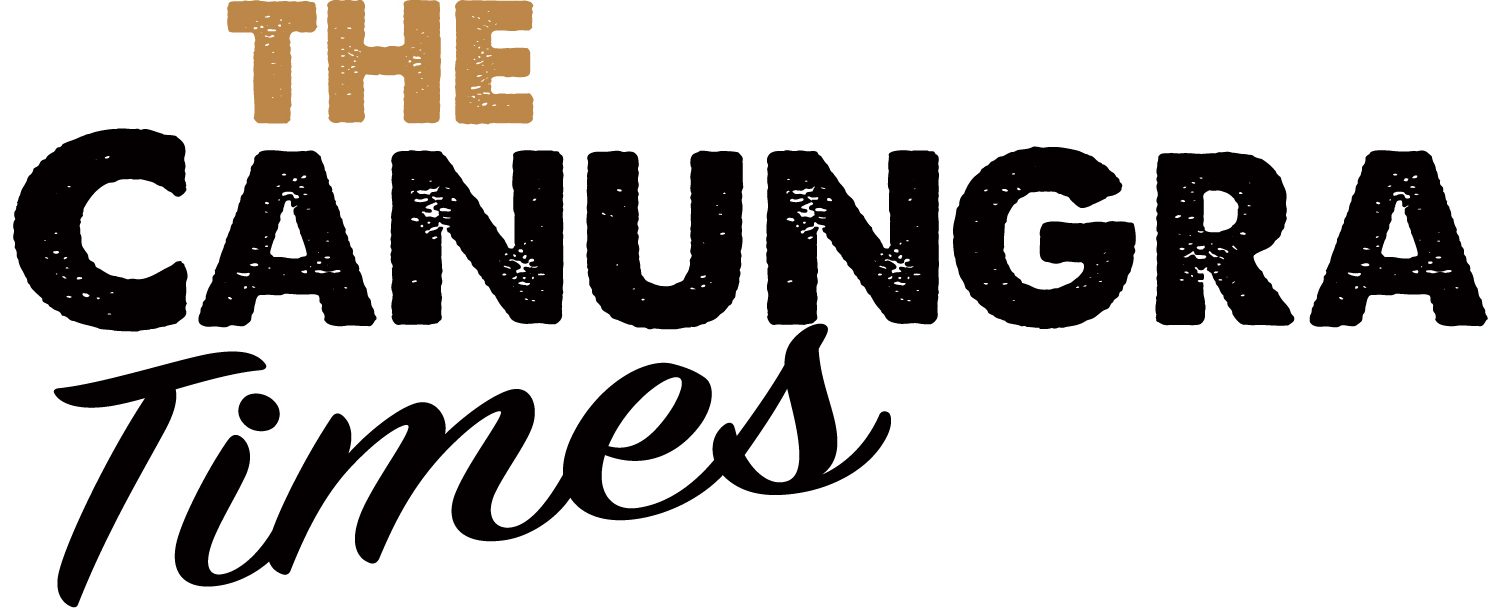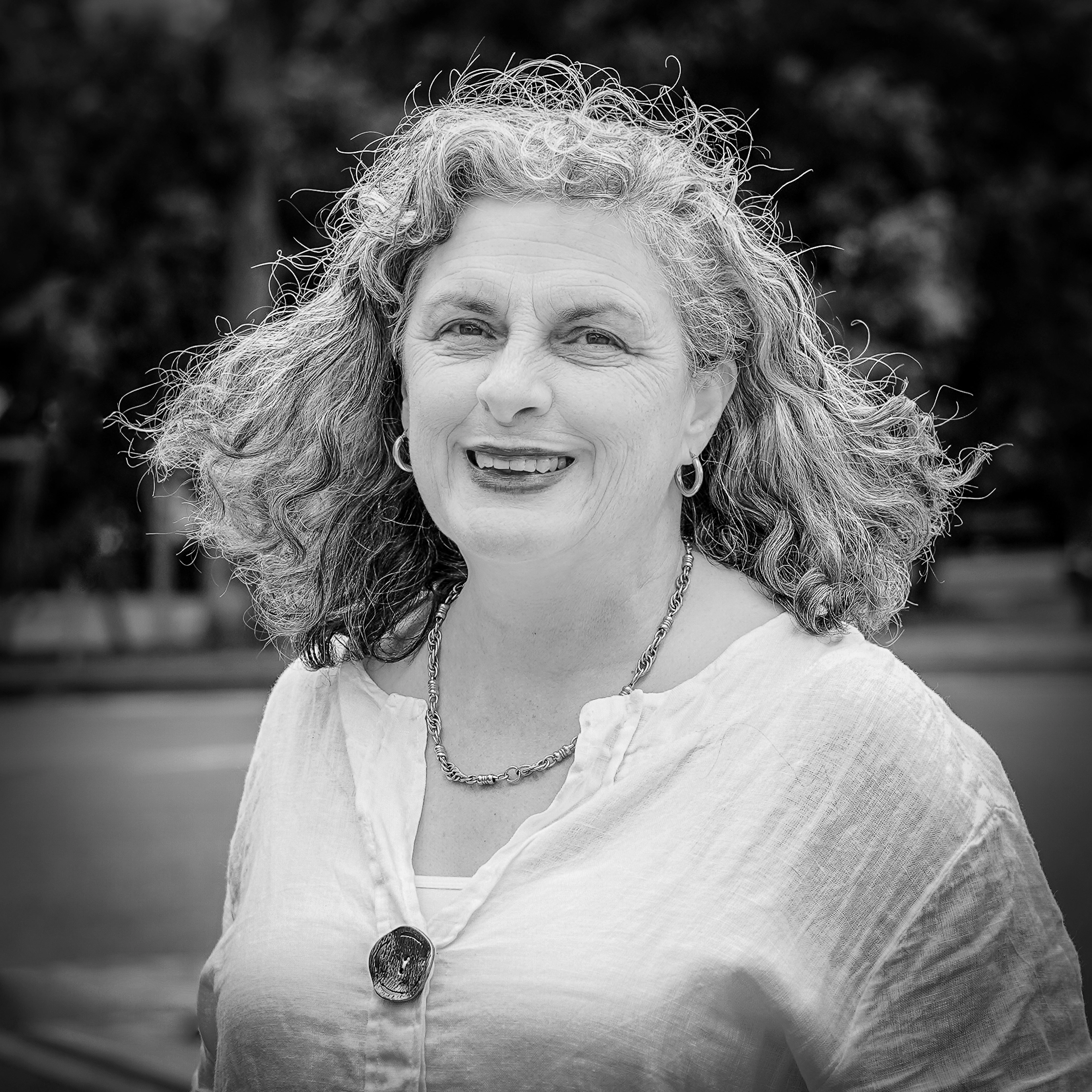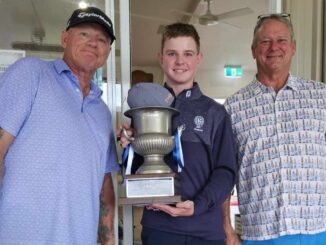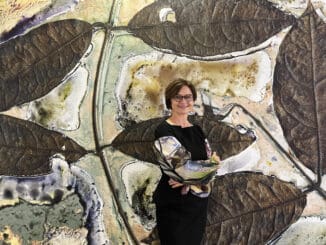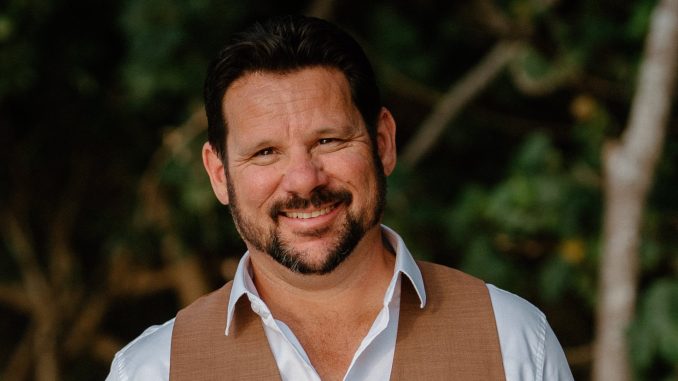
Aboriginal and Torres Strait Islander readers are advised that this article contains images and words of deceased persons.
Much of the Indigenous history of Canungra and surrounding area is unknown to those who live, work and play here today.
The Canungra Times speaks to Wangerriburra Elder, Ken Markwell about the Traditional Owners, the Wangerriburra people and the importance of Aboriginal culture for all Australians.
Wangerriburra, which means home of the pretty-faced wallaby, is one of eight tribal groups within the Yugambeh language region.

This region encompasses the five major river systems of the Tweed, Nerang, Logan, Albert and Coomera Rivers, which Traditional Owners call Danggan Balun.
Wangerriburra is in the centre of those eight tribes, with Canungra in the centre of Wangerriburra country.
Wangerriburra country extends across Upper Albert River to the New South Wales border, north to Cedar Creek, east to the Nerang Water shed and west to Birnam Range.
The history of the Wangerriburra people is thousands of years old and is part of a strong cultural identity.
“Our lores were laid down by our ancestral creation beings which inscribed meaning into all things – plants, animals, waters and the mountains,” says Ken.
Their lores and customs have been passed down from generation to generation through stories which guide the Wangerriburra people’s lives to this day.

As a Wangerriburra Elder, responsibility for the stories and customs was passed to Ken by his Elders, one of whom was Uncle Harry Jackey.
“He taught me a lot of things about country, about life.”
“So I have that responsibility bestowed by him to look after Wangerriburra country until I pass on and to share knowledge with those that have earned the right.”
Ken says being an Elder is not about how old you are, it is about how old the knowledge is that you have responsibility for.
There are two types of Elders, those within families who are regarded as leaders; and Elders who are recognised by other Aboriginal families because they hold strong cultural knowledge and continue to practice traditional lores and culture.
It is the second group of Elders who must be engaged about matters affecting country.
Aboriginal culture is for all Australian people.
“If you call yourself Australian, you are identifying with the longest continuing living culture in the world,” says Ken
“For all Australians, our history doesn’t go back only 250 years. “
“If you are Australian, you’re part of that and it’s really important that the rest of Australia sees this rich, ongoing and diverse culture, Aboriginal culture and locally Wangerriburra and Yugambeh culture is part of the fabric of Australia and the local region.”
“And we need people’s help and support to preserve, protect and promote it’.”
“If we are going to do that we need the help and support of non-Indigenous Australians as well.”
